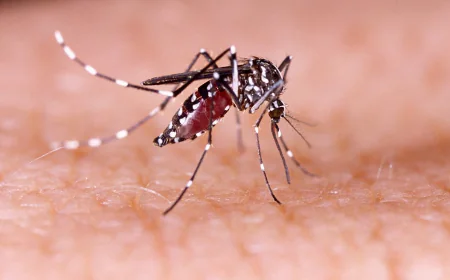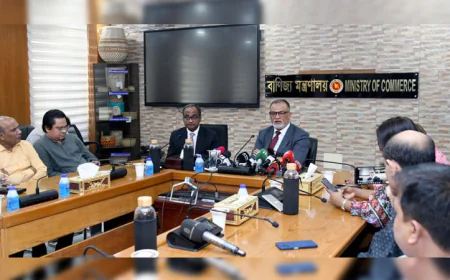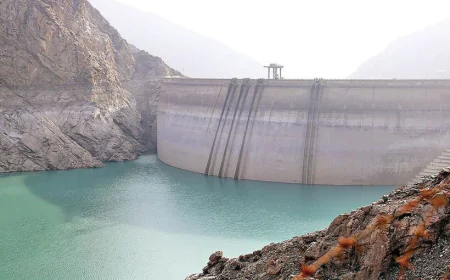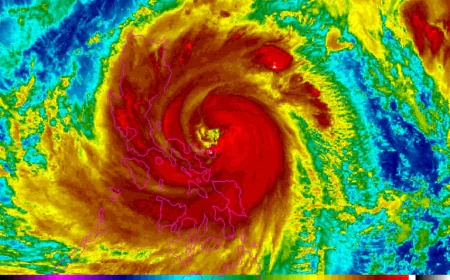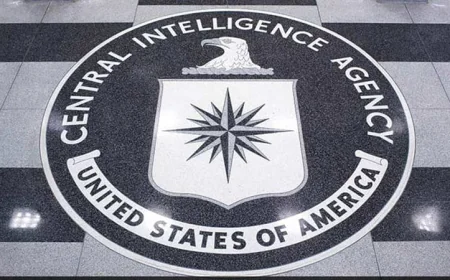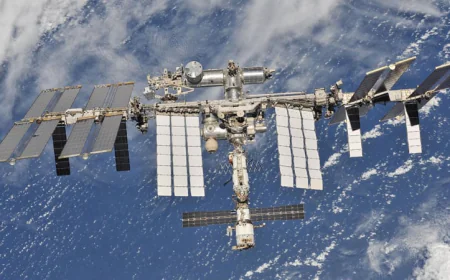Japan Reports Minor Tsunami After 6.7 Magnitude Quake

Japan said Sunday evening tiny tsunami waves hit its northern Pacific coast after an offshore 6.7-magnitude earthquake. The first tsunami hit Miyako, Iwate, at 5:37 pm (0837 GMT), but it was so small that the Japan Meteorological Agency said it could not measure its size. Two minutes later, a 10-centimetre (less than four inches) wave reached Ofunato, the JMA said. The quake struck around 5:03 pm (0803 GMT) in waters off Iwate, prompting JMA to issue the advisory for a possible tsunami up to one metre (three feet) high.
The US Geological Survey measured the quake as magnitude 6.8. "A tsunami advisory has been issued" for the Iwate coast, the JMA said in a bulletin, warning that waves could approach at any moment. The original quake was followed aftershocks of between 5.3 and 6.3-magnitude, the JMA said. Live television feeds on Japanese television showed calm seas. The same region Sunday morning experienced six offshore quakes, ranging between magnitude 4.8 and 5.8, that were barely felt on land and did not prompt tsunami advisories.
The region is haunted by the memory of a massive 9.0-magnitude undersea quake in 2011, which triggered a tsunami that left around 18,500 people dead or missing. The tsunami also sent three reactors into meltdown at the Fukushima nuclear plant, causing Japan's worst post-war disaster and the world's worst nuclear accident since Chernobyl. Japan sits on top of four major tectonic plates along the western edge of the Pacific "Ring of Fire" and is one of the world's most tectonically active countries.
The archipelago, home to around 125 million people, experiences around 1,500 jolts every year. The vast majority are mild, although the damage they cause varies according to their location and depth below the Earth's surface.
